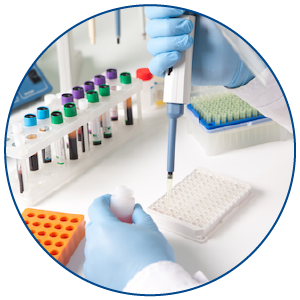
Introduction
Genital herpes is a common sexually transmitted infection (STI). It is caused by the virus herpes simplex (HSV). There are two types, HSV l and HSV ll. Both types can infect the genital and anal area (genital herpes) and also the mouth and nose (cold sores) and fingers and hand (whitlows). The virus enters the body through small cracks in the skin or through the moist soft lining (mucous membranes) of the mouth, vagina, rectum, urethra (tube where urine comes out) and under the foreskin. Following an infection by the herpes simplex virus, some people will experience an outbreak of genital herpes.
The virus then becomes dormant (inactive) and remains in the body where you were infected. During this time it is not infectious and does not cause signs or symptoms. In some people, the virus can become active again from time to time and cause further outbreaks of genital herpes – known as recurrent outbreaks.




